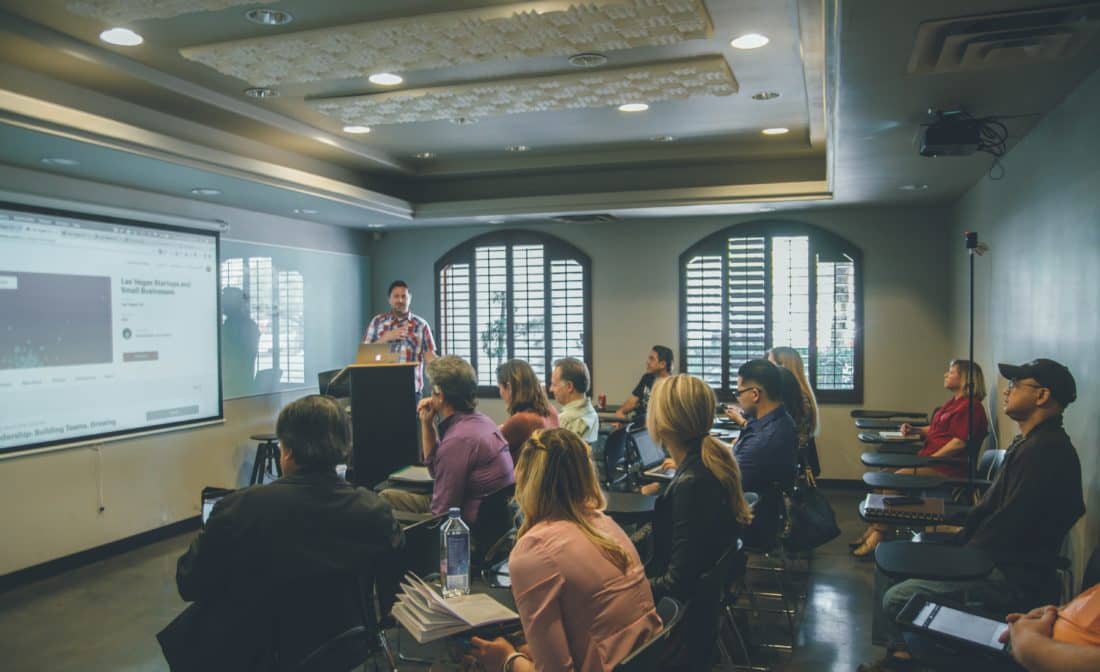How to Participate in Class and Why it’s Important
Students that regularly participate in class are constantly involved with the material and are more likely to remember a greater portion of the information. Active class participation also improves critical and higher level thinking skills. Students who participate in class have studied the material well enough to introduce new concepts to their peers. This level of thinking goes beyond simple comprehension of text, and can also improve memory. Participation can also help students learn from each other, increasing comprehension through cooperation. This can in turn improve relationships between students and between the student and professor. All of this becomes even more beneficial as an MBA student, where collaboration and networking are essential.
Avoiding Class Participation
Despite the many benefits of class participation, the vast majority of students do not regularly contribute to their classes. There are several reasons why students choose not to participate in class including class size, time, and course policies. Larger classes, for example, have been shown to increase public speaking fears, as students struggle with the idea of sharing their ideas in front of a large group of people. With that in mind, colleges that encourage their faculty to focus on teaching, rather than research, are more likely to experience higher participation rates, as professors are more engaged with their students.
Encouraging Class Participation
A professor’s attitude toward his or her students can dramatically affect class participation in one direction or another. Students are more likely to participate in class if they have a comfortable relationship with their professor. This means that the professor does not write off the student’s response or contribution. This also means that the professor is patient with all his or her students, listens to every response with attention, and provides feedback that is both positive and constructive. Professors can increase participation by creating a safe and respectful class environment. They can also improve the situation by learning the names of their students, so that each individual feels that their opinion is valued.
Course policies drastically affect participation. Studies show a greater level of participation when students’ contributions were factored into their final grade. In some courses, professors require participation and include it in every student’s final grade. Participation can mean anything from asking questions to leading discussions. In other classes, professors simply take mental notes of their students’ involvement and contribution to the subject matter.
How to participate in class?
There are ways to overcome the fear of participation. First, establish a relationship with your professor. It’s ok to be honest and explain you have a fear of public speaking. Second, construct a plan to move forward. Find a participation method that works for you, whether that’s asking thought-provoking questions or commenting on the reading. Prepare yourself for success by summarizing the material you would like to share with the class. Next, work your opinion into the discussion so you can demonstrate a higher level of thinking that goes beyond simply reading the assigned material. Finally, provide some evidence as to how you came to your opinion or conclusion. This will show your peers and your professors that you have made an effort to understand the subject. Preparation is key, so practice on your own before class. Saying it once aloud will ease the pain of saying it in front of your peers.





